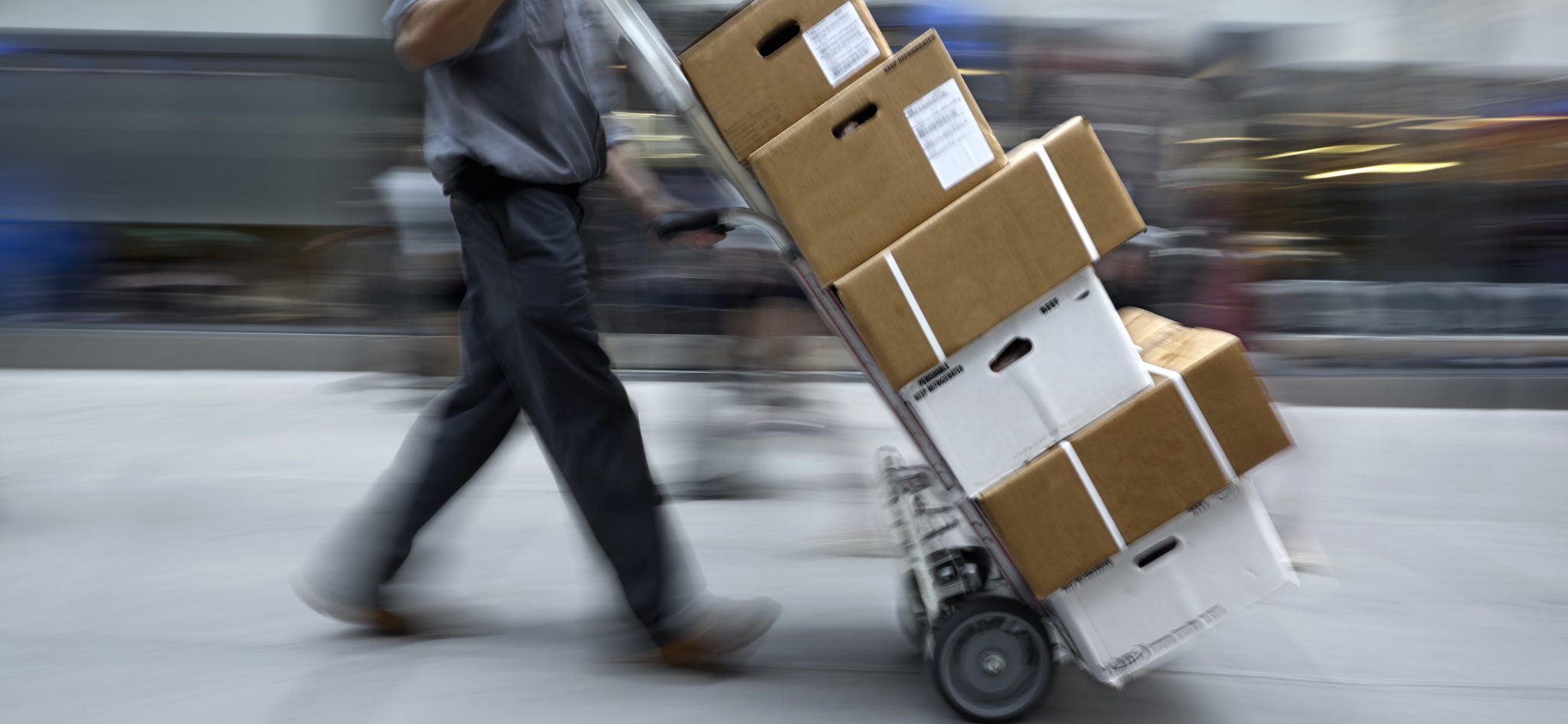By James R. Coggins
Military strategists have pointed out that the great and often fatal mistake committed by many armies is that they prepare for the last war instead of the next one. A friend explained one example: The Germans used horses and trains to quickly reposition their troops, outflank the French army, reach Paris and win the Franco-Prussian War of 1871 in only a few weeks. The French learned from this that speed and movement were the key to modern warfare and poured their energies into developing platoons of cavalry—which were mowed down in the trench warfare of World War One. The French then concluded that the secret to winning a war was solid defensive works, so they build the massive concrete bunkers of the Maginot line—which the Germans easily went around and over with tanks and planes in World War Two.
I was thinking of this when contemplating the recent history of retail shopping.
About a century ago, most of the Canadian population lived on farms and in small towns. The stores that existed were mostly local, family-run general stores and corner groceries. The dominant retailers were Eaton’s and Sears, which served their scattered customers through their famous catalogues. Customers would order from the catalogues, and the merchandise would be shipped out to the customers.
Then came increased availability of the automobile, better roads, increased urbanization—and shopping malls. Soon most retail sales were taking place in shopping malls. Eaton’s and Sears quietly shut down their catalogue systems to concentrate on their department stores, which often anchored the shopping malls.
Then came even more urbanization, cell phones, and the internet. Cities became even larger, the streets became snarled with traffic congestion, and people decided they were too busy (playing on their phones?) to go to the store. As a result, Amazon happened. Increasingly, customers began doing their shopping using their computers and cell phones to access internet websites, which functioned much like the old Eaton’s and Sears catalogues. The customers could order whatever they wanted, and the merchandise would be shipped out to them via the post office and other delivery companies. In order to compete, retailers such as Walmart were forced to also start offering online shopping. Retailers who did not catch the wave suffered. Stores and shopping malls closed down. Easton’s and Sears, which had pioneered long-distance sales a century earlier, went bankrupt.
Then grocery stores got into the act. Many people now do their grocery shopping online, and the food is delivered directly to their door. This is what some local grocery stores were doing sixty or seventy years ago (except for the internet part). It is also what dairy companies and bakeries used to do, delivering milk products, bread and other baked goods, and sometimes eggs directly to customers’ doors.
Now restaurants have joined the wave—middle and top end restaurants as well as pizza places. New services such as Skip the Dishes and Uber Eats have sprung up to deliver food from many different restaurants.
There have been growing pains and learning experiences. In order to keep expanding rapidly and undercutting retail stores’ prices (and gain market dominance), Amazon lost gazillions of dollars for years. One of its imitators, which shall remain nameless (it starts with a W), has not figured out the logistics yet. A young woman who does most of her shopping online recently complained to me about this company. When she places an order, for some reason the company can’t seem to ship all of the items at once. A box of diapers will arrive one day, a box of Ritz crackers the next, an umbrella the day after, and so on. The delivery of none of these items is urgent, and the shipping charges must be enormous. And every item comes in an oversized one-use cardboard box, often at least half filled with air or packing material. This company will either have to figure out a better way to do it or go bankrupt.
And so the retail system, like everything else, continues to evolve and to revolve in endless cycles, always changing and constantly reversing direction. Are the new systems any better? Who can say?
Surely, it cannot be good for the environment to have all those delivery trucks driving up and down the same streets delivering merchandise to the same customers. Followed, of course, by scavenger vehicles ready to collect unclaimed deliveries from doorsteps. Not to mention the waste generated by all those cardboard boxes. The more we humans try to save the environment, the more we find new and innovative ways to screw it up. The more we try to get it right, the more we get it wrong. Just ask Eaton’s and Sears.
James R. Coggins (www.coggins.ca) is a writer, editor, and historian based in Abbotsford.

